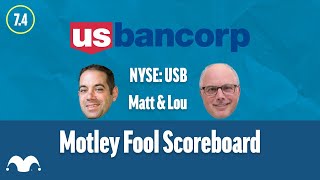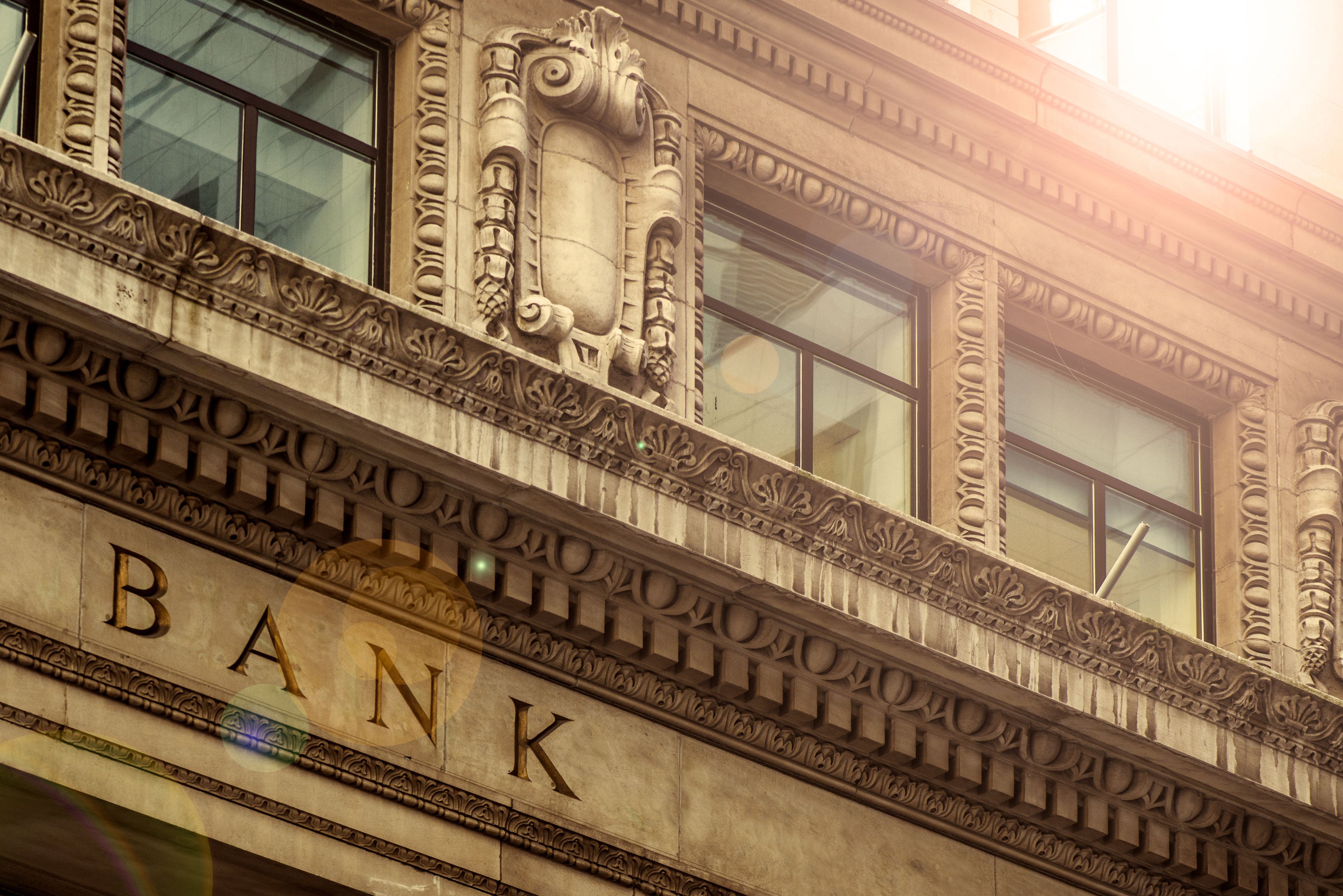
The more I study financial history and the more I've learned about the difference between great banks and mediocre (or worse) ones, the more I realize that the crux of the issue is the efficiency ratio, which measures the percentage of a bank's net revenue that's consumed by operating expenses.
I used to think that the "most important thing" was credit quality -- that is, a disciplined approach to writing good loans. And, to be fair, there's more than enough precedent to believe this, as an analysis of the industry reveals a tight correlation between loan loss provisions and profitability.
But credit policies don't exist in a vacuum. They're geared instead toward helping a bank achieve its profitability targets, which are typically tied to its return on assets. Consequently, if all other aspects of a bank are well-run, then there won't be as much pressure on the executives to loosen credit standards in order to boost loan volumes and thus revenue -- in the industry, this is referred to as reaching for yield.
This is where the efficiency ratio comes back into play, as a bank that operates efficiently has less incentive to loosen credit standards in an effort to outperform its peers. This goes a long way toward explaining, as I've discussed in the past, why there is also a strong correlation between efficiency and loan losses -- namely, banks that are better at managing their expenses also tend to experience lower loan losses.
What's more, and this is a critical point, the relationship between efficiency and loan losses appears to have a cumulative effect, which helps to understand why certain banks consistently outperform their peers over many generations.
US Bancorp (USB 0.69%) serves as a case in point. One of the reasons the Minneapolis-based lender is able to both attract and retain the best commercial borrowers in the country is that it's able to compete aggressively on loan terms, and specifically on the interest rate. And the reasons it's able to do so is that it makes up for the lost margin elsewhere -- namely via its industry-leading efficiency ratio and portfolio of fee-based businesses.
This relationship gathers momentum as time goes on. In the first place, the ability to compete on rates allows US Bancorp to saturate its portfolio with top-shelf loans. And in the second place, because those loans experience lower default rates compared to the portfolios at less disciplined banks, US Bancorp can compete even more aggressively with each subsequent downturn in the credit market because it's not hindered by the large loan losses that weigh on less scrupulous lenders.
Over the last decade, for instance, US Bancorp's nonperforming loan ratio was a staggering 1.04%. The industry average, by comparison, was 1.57%. And the worst performing lenders lost twice as much as US Bancorp did relative to the size of their own loan portfolios.

Once going, in turn, the feedback loop from higher efficiency and lower loan losses gathers momentum that, save a mistake or imprudent change in strategy, will make it increasingly difficult for mediocre lenders to compete with the likes of US Bancorp in the years and decades ahead -- or, for that matter, other similarly situated banks such as Wells Fargo, M&T Bank, and New York Community Bancorp.
The point here is that investors and bank executives can't put enough emphasis on the efficiency ratio. Holding all else equal, it is far and away the single most important force behind market-beating returns.






